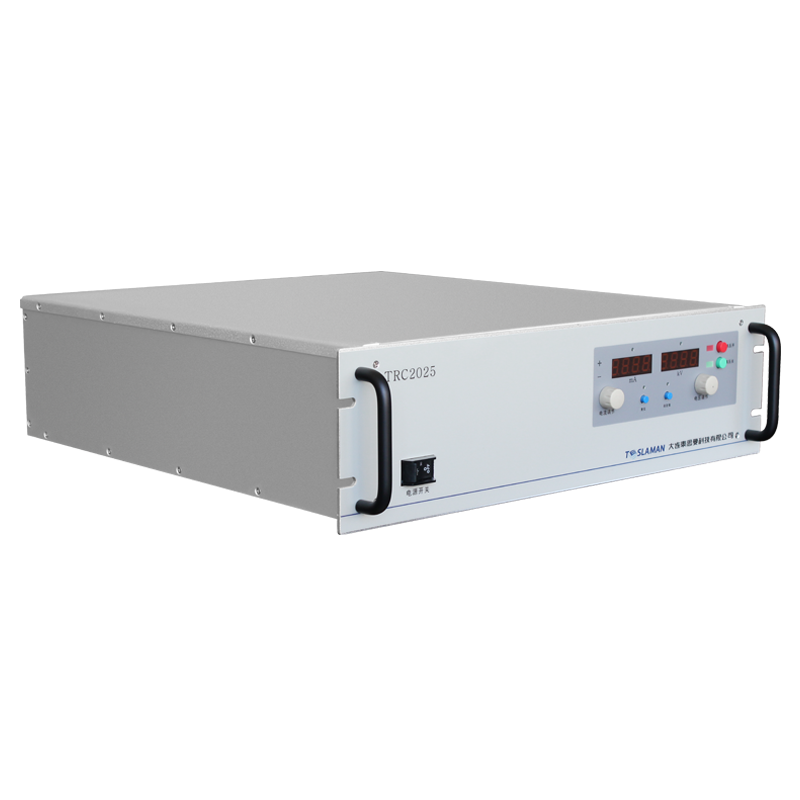Optimization of Polarity Switching in Electrostatic Chuck Power Supplies
Electrostatic chucks (ESCs) are widely used in semiconductor wafer handling, lithography, plasma etching, and vacuum processing systems. Their fundamental operating mechanism relies on electrostatic attraction generated by high-voltage electric fields between the chuck electrode and the workpiece. The performance of an ESC is largely determined by the ability of its power supply to control, reverse, and stabilize polarity under high voltage conditions. Polarity switching is not merely an auxiliary function—it critically affects wafer release speed, surface charge neutralization, and long-term device reliability.
In conventional unipolar ESC power systems, a single high-voltage polarity is maintained during operation. While this configuration simplifies circuit design, it introduces residual charge buildup on the wafer and chuck surfaces, making release inefficient and sometimes causing electrostatic discharge damage. To overcome this limitation, bipolar power supplies have been introduced, capable of reversing polarity dynamically to neutralize accumulated charges.
The optimization of polarity switching involves balancing three critical aspects: switching speed, transient overshoot suppression, and channel synchronization. The switching speed determines how rapidly the system transitions between attraction and release states. Excessive delay reduces production throughput, while too rapid reversal can produce voltage spikes and discharge events. To achieve optimal performance, modern systems employ soft-switching transition control, in which the voltage reverses linearly over several hundred microseconds. This controlled slope minimizes stress on both the chuck and the wafer while maintaining rapid responsiveness.
Transient overvoltage is another major concern during polarity reversal. When stored charge in parasitic capacitances and dielectric layers is suddenly released, the resulting current surge can generate damaging overshoot. Advanced ESC power designs use active energy absorption circuits to mitigate this. Fast recovery diodes and snubber capacitors absorb the reverse current transient, while real-time feedback compensates voltage deviation, ensuring overshoot levels remain within ±1% of nominal voltage.
Synchronization between multiple electrodes is equally critical, especially in multi-zone ESCs designed for large wafers. Voltage mismatch among different zones can lead to local discharge, wafer distortion, or non-uniform clamping force. Digital controllers employing synchronized pulse modulation and multi-channel optical isolation ensure simultaneous polarity reversal across all electrodes. FPGA-based timing control systems maintain synchronization precision within a few microseconds, preventing charge imbalance during switching transitions.
An additional layer of optimization involves energy recovery mechanisms. During polarity reversal, the stored electrostatic energy can be redirected to a temporary storage capacitor or a regenerative circuit rather than being dissipated as heat. This approach improves efficiency by 5–8%, reduces thermal stress, and extends the operational lifetime of switching components.
Thermal management also plays an indirect role. Because fast polarity reversals can induce local heating in power semiconductor devices, adaptive cooling strategies—such as liquid or forced-air systems coupled with thermal feedback sensors—are integrated into control algorithms to maintain temperature stability and ensure repeatable switching characteristics.
Through the combination of controlled switching trajectories, active suppression networks, synchronized modulation, and regenerative energy recovery, electrostatic chuck power supplies achieve faster release, reduced wafer charging, and improved energy efficiency. These advances enable reliable operation in high-throughput semiconductor and vacuum process environments.




















